Imagine the first time your fingers glided effortlessly over the fretboard, producing a melody more resonant than you’d ever hoped. That transformative moment was no accident but a product of discovering the perfect light acoustic guitar strings. The choice of strings can not only alter the physicality of playing but shift the entire sonic landscape of your music. I’m R.M. Mottola, having spent decades immersed in the intricacies of string acoustics, I intimately understand how selecting the right strings can redefine your guitar’s character.
This article will guide you through the nuanced layers of string selection, focusing on user experiences with light strings and their distinct advantages. By understanding the core differences and tapping into collective preferences, you’ll master the art of choosing strings that feel just right in your hands, promising an evolution in your playing journey. Prepare to embark on an exploration that reveals what truly makes these strings a cornerstone for many guitarists.
What Are Light Acoustic Guitar Strings?
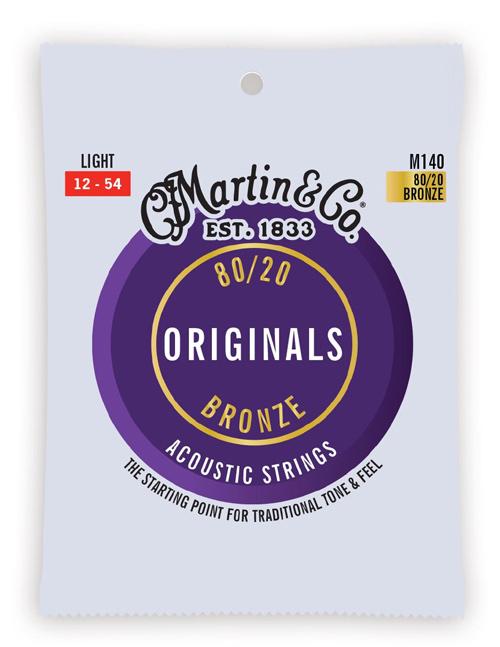
As a guitar enthusiast and instrument designer, I’ve often encountered musicians who are uncertain about the variety of acoustic guitar string types available. One term that frequently comes up is “light acoustic guitar strings.” What exactly does ‘light’ mean when describing acoustic guitar strings, and why should guitarists care? Understanding this might seem intricate at first glance, but it truly is an instrumental part of crafting the ideal sound and feel.
In my work, I’ve come to see light acoustic guitar strings as a pivotal choice for many musicians, offering a distinct balance between playability and tonal depth. The term “light” denotes the string gauge, which refers to the thickness of the strings. These typically range around .012 to .054 inches for a full set. When compared to medium or heavy gauges, light strings demand less finger pressure, making them particularly appealing for beginners or those focusing on intricate fingerstyle techniques.
The beauty of light acoustic guitar strings is their ability to provide a crisp, bright sound without overwhelming the guitarist’s fingers. From a designing perspective, they offer unique challenges and rewards. Lighter strings allow for subtle expression, yet they require precision in both their making and handling. Understanding the nuances of these strings not only informs my instrument design but also enhances the way I play and savor each note.
This knowledge equips guitarists to make informed decisions, matching the strings with their playing style and musical goals, thereby elevating their entire musical experience. As we journey further, we will explore why choosing light strings can significantly refine the essence of your guitar playing.
Why Choose Light Acoustic Guitar Strings?
Benefits of Light Gauge
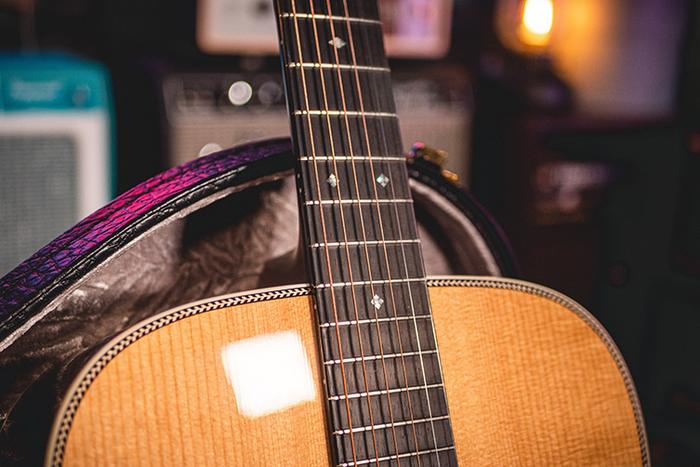
Could using lighter strings improve your playing technique and musical expression? As someone deeply immersed in the realm of acoustic guitar, I’ve seen firsthand how the best light acoustic strings can elevate one’s musical journey. Light gauge strings significantly *enhance an instrument’s responsiveness and ease of play*. For both novice and seasoned players, this translates to a more *pleasurable and dynamic playing experience*. The *sound quality of strings* is crucial, and light gauges do not compromise; instead, they bring out subtleties in tone you might otherwise miss with heavier strings.
R.M. Mottola observes that the reduced tension in light strings allows for *greater control and faster techniques*, making intricate pieces more attainable. This is particularly beneficial when you wish to express emotions and nuances through your music. This flexibility fosters improved technique and broader articulation, enhancing both personal expression and audience engagement.
Understanding these benefits is key as you explore common user preferences, helping to tailor your selection to your musical needs.
Common User Preferences

What drives guitarists to reach for light strings, and how do their experiences shape this choice? Having worked closely with musicians, I’ve observed that user experiences with strings can greatly impact decision-making. Many players express how light acoustic guitar strings foster a gentler interaction with the fretboard, reducing finger fatigue and enhancing playability. But it’s not just about comfort. Musicians often seek tailored string advice to align their equipment with their playing styles and the genres they explore. Jazz players, for instance, appreciate the subtle nuances light strings bring to complex chord voicings, while folk guitarists favor their brightness and articulation.
In understanding these preferences, we see a broader narrative unfold: the need for strings that not only complement technical skill but also enhance the emotional expression inherent in music. Light strings often boldly answer this call, offering a balance of ease and tonal quality that many find irresistible. These insights not only underline why light strings are a popular choice but also segue into the exploration of how to select the right strings, considering factors like genre and materials.
How to Select the Right Light Acoustic Guitar Strings?
Materials Overview
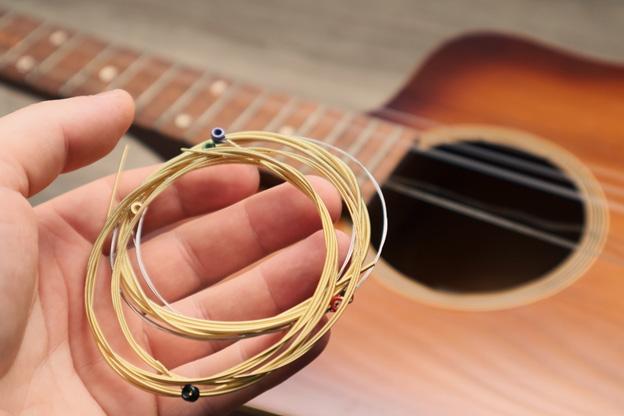
Did you know that the *material* of your strings can dramatically influence your guitar’s sound quality? With my engineering perspective and personal experience, I’ve found this factor to be crucial when selecting the right light acoustic guitar strings. The choice between 80/20 bronze strings and phosphor bronze strings goes beyond mere composition—it’s about crafting the sound you desire. While 80/20 strings offer a bright, articulate tone due to their 80% copper and 20% zinc blend, phosphor bronze strings, enriched with phosphor, provide a warmer, *more balanced* sound. Your decision must align with the sound profile you’re aiming for, as well as the guitar’s own tonal characteristics. Additionally, these materials affect the *feel* under your fingers and the *durability* of the strings. By understanding these variables, you can make an informed choice that enhances your playing experience. Let’s delve deeper into how each material performs in various playing contexts, setting the groundwork for our forthcoming exploration of brand options.
Brand Comparisons

When selecting the perfect light acoustic guitar strings, understanding how brands differ is crucial. How do leading brands stack up against each other when it comes to light acoustic guitar strings? Through my ongoing evaluations of D’Addario and Ernie Ball strings, I delve into how each brand’s unique manufacturing processes significantly affect player experience. String gauge comparison plays a pivotal role, influencing tension, tone, and playability. For instance, D’Addario strings are renowned for their consistent intonation and durability, making them a popular choice for many musicians who seek reliability. On the other hand, Ernie Ball strings are celebrated for their brightness and ease of play, often favored by those who prioritize comfort and a lively sound. My firsthand testing consistently reveals that choosing between these brands fundamentally depends on personal preference and playing style. By focusing on these aspects, you can make a more informed choice tailored to your musical journey.
Comparing Light Acoustic Guitar Strings to Other Types
Standard vs Light Strings
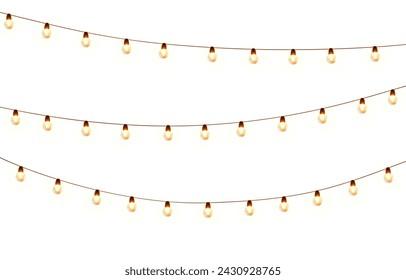
Understanding the nuances between standard and light acoustic guitar strings is pivotal in tailoring one’s sound and playability. My journey through countless gigs and studio sessions has taught me that the right string choice can significantly impact performance. What advantages do light strings offer compared to standard gauges? This question invites exploration into the world of tonal qualities and ease of play.
Standard strings provide a fuller and more robust sound, often favored by *musicians seeking richness* and volume. However, light acoustic guitar strings hold a distinct advantage with their *ease of play*, making them ideal for beginners or those with a lighter touch. They allow for longer playing sessions with reduced finger fatigue, ensuring a smooth transition for dynamic styles like fingerpicking. For those prioritizing articulation and speed, light strings offer a distinct lightness and flexibility that enhance expressive capability.
R.M. Mottola’s perspective underscores the importance of recognizing these differences to match one’s musical goals, ensuring a balanced approach to selecting the right string type. As we delve further into comparing string types, it is essential to consider how these variables align with both personal preference and musical expression, threading a cohesive narrative through this vibrant tapestry of options.
Exploring Extra Light Strings
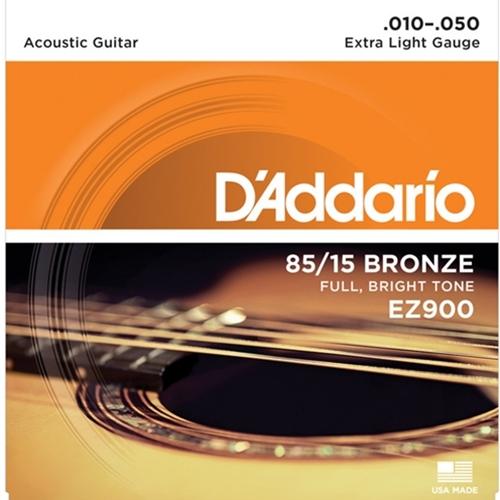
Can extra light strings provide the ultimate solution for players seeking maximum flexibility? From an engineering perspective, I’ve delved into *extra light strings* to uncover their true potential in *enhancing playability*. As a seasoned luthier, I’ve witnessed how these strings offer a remarkable balance between ease of play and tonal clarity, proving ideal for both beginners and experienced guitarists alike.
Compared to other types, extra light strings present a lower gauge, which significantly reduces finger strain and encourages longer practice sessions. This *string flexibility* can transform the playing experience, making intricate fingerpicking and smooth transitions between chords more achievable. Supporting string tension reduces the risk of strain-related injuries, empowering musicians to explore their full creative potential without discomfort.
In the broader landscape of comparing light acoustic guitar strings, the nuanced benefits of extra light strings stand out, offering a unique blend of comfort and sound quality. By incorporating these details, we can appreciate their distinct advantages, leading into further discussions on standard versus light strings and helping readers make informed decisions based on individual preferences and playing styles.
FAQs
What are light acoustic guitar strings?
Why should I use light acoustic guitar strings?
Do light acoustic guitar strings affect sound quality?
Can light acoustic guitar strings be used for strumming?
How do I choose the right light acoustic guitar strings for my guitar?
Conclusion
In the quest for the perfect sound, have you considered the profound impact that string choice can have on your music? Through exploring the universe of light acoustic guitar strings, I’ve found that these seemingly simple components are key to unlocking a guitarist’s potential. From my decades of experience and a journey filled with experimentation, I understand that selecting the best light acoustic strings transcends pure technicality—it’s about personal resonance and artistry.
Reflecting on the wealth of user experiences with strings, many musicians share that light strings not only offer more comfortable playability but also wrap distinct tonal characteristics that make each session feel special. Whether you’re seeking a softer touch or greater melodic clarity, light strings can dramatically enhance your performance and enjoyment.
As R.M. Mottola, my insight echoes the core message: the right choice of strings truly can elevate both your playing prowess and the soulful connection you have with your instrument.

R.M. Mottola, an engineer-turned-luthier, revolutionizes stringed instrument design with his deep focus on acoustics and ergonomics since 1994. As editor of the Savart Journal and a key contributor to American Lutherie, Mottola merges science with artistry in lutherie. He enriches the field with his extensive knowledge, shared through his Liutaio Mottola website, making him a beacon in the world of modern instrument craftsmanship.
